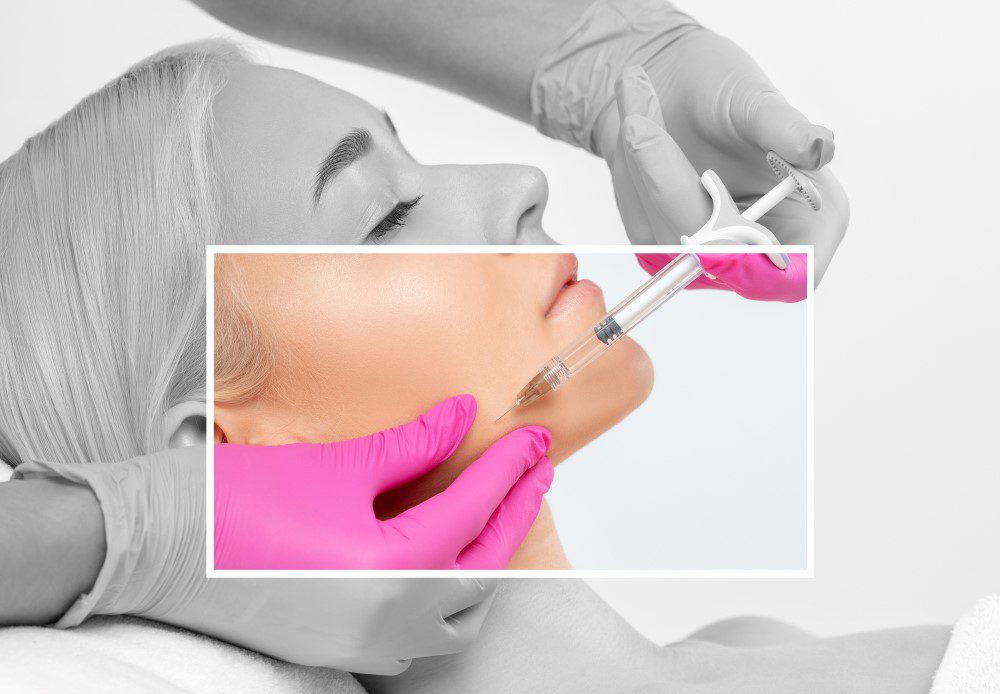Botox works in places where the formation of lines and wrinkles is directly caused by repetitive muscle activity. It works by temporarily blocking the transmission of the nerve signals that cause individual muscles to contract. As a result, some parts of the face respond far better to the application of Botox than do other locations.
The areas where Botox is useful are influenced by facial anatomy, and the size of the muscle groups concerned. In all cases it’s important that Botox use can be confined to the specific areas being treated, so that it doesn’t migrate to other parts of the face where it might have unwanted results.
This blog summarizes the parts of the face where you can expect to see good results from using Botox.
Forehead (Worry Lines)
The frontalis muscle serves to lift the eyebrows, with the generally unwanted side-effect of creating horizontal lines across the forehead. This muscle has a broad, flat structure that responds well to the application of Botox., allowing Botox to provide a significant reduction in the appearance of these lines.
Glabellar Region (Frown Lines or “Elevens”)
The corrugator supercilii and procerus muscles are together involved when we frown, resulting in the development of vertical or diagonal lines between the eyebrows. These muscle groups are relatively compact and well defined, and as a result it’s possible to significantly reduce the appearance of associated lines with the application of Botox.
Periorbital Area (Crow’s Feet)
The orbicularis oculi muscles surround our eye sockets, and are responsible for the development of radial lines when we smile, or squint our eyes. These muscles are relatively shallow, and can be effectively treated with quite low doses of Botox. Care must be taken to avoid any possibility of Botox migrating, and having unwanted side-effects such as impairing the ability to blink.
Nasal Area (Bunny Lines)
The procerus and nasalis muscles are involved when we wrinkle the nasal bridge area. These are relatively small muscles, and respond well to low doses of Botox. It’s rare to develop permanent (static) lines in this area, but Botox can help reduce any dynamic lines that have developed.
Perioral Area (Lip Lines or Smoker’s Lines)
The orbicularis oris muscle come into play when we purse our lips, and can result in the development of vertical lines above the lips. Small doses of Botox are highly effective in reducing these lines; muscle anatomy allows Botox to be applied without risking unwanted effects to surrounding muscle groups. The “lip flip” procedure allows the profile of the upper lip to be enhanced by targeting the depressor septi nasi muscle.
Masseter Muscle (Jawline)
The powerful masseter muscles can become over-developed and cause the accumulation of unwanted bulk. Larger Botox doses can achieve a reduction of the size of these muscles, with resulting improvements to the profile and relative appearance of the chin area. They can also help address the results of excessive teeth grinding.
Mentalis Muscle (Chin Dimpling)
The mentalis muscle serves to lift the chin area, which can result in the development of unwanted skin dimpling. Small Botox doses can be very effective in reversing this condition.
Ready to Refresh Your Look With Botox? Contact Us Today!
Your Laser Skin Care practitioners are medically qualified, with extensive experience performing Botox procedures. We tailor all treatments according to each patient’s needs. We invite you to contact us for more information on this or any of the other non-invasive cosmetic procedures we offer. We can help you choose the safest, most effective, and most cost-effective way to achieve your cosmetic goals. Call us at (323) 525-1516 to schedule a free consultation, or visit us online for more information


